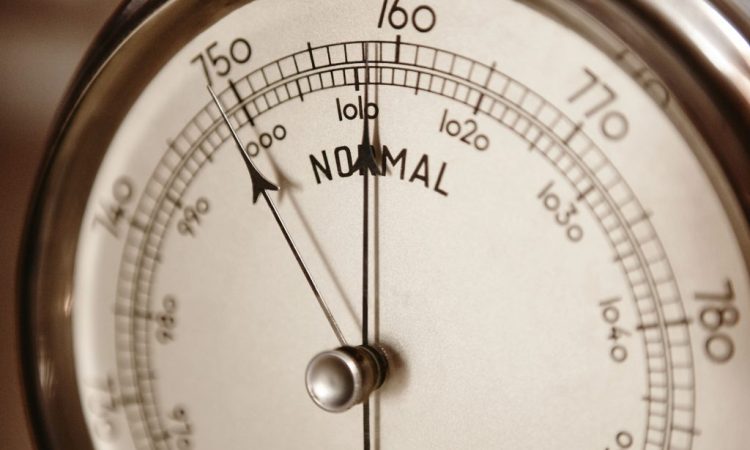
Standing at sea level means carrying the weight of a small car: but why, then, can we not feel atmospheric pressure? Let’s try to understand it.
How Queen and David Bowie sang: “The pressure crushes me, crushes me…” Today we want to talk to you about atmospheric pressure, a term that you often hear us use in our articles, especially when we try to imagine what it would mean. The topic, however, deserved further investigation and the inspiration came to us from one of your comments. A user asked us “Why can’t we feel atmospheric pressure?” Let’s try to understand it in this article.
Advertisement
Atmospheric pressure: what it is and how it works
Atmospheric pressure is the force exerted by the air on the earth’s surface. It is caused by the weight of the air present in the atmosphere which, by gravity, pushes towards the ground. This pressure varies based on altitude: it is highest at sea level and decreases as you rise in altitude, as the air becomes thinner. The value of atmospheric pressure is measured in Pascals (Pa) or more commonly in millibars (mb). The instruments used to measure it. Pressure affects climate and weather: low pressures bring bad weather, while high pressures are associated with stable conditions.
Because we don’t perceive it
The Earth’s atmosphere burdens all of us with a sea level pressure equivalent to approximately 10 tons of weight per square meter. So, simply standing means carrying the weight of a small car. The reason why we cannot perceive it is that the air present in our body (for example in the lungs and stomach) exerts the same pressure towards the outside, so there is no difference in pressure and there is no need for we make no effort.
Read more:

